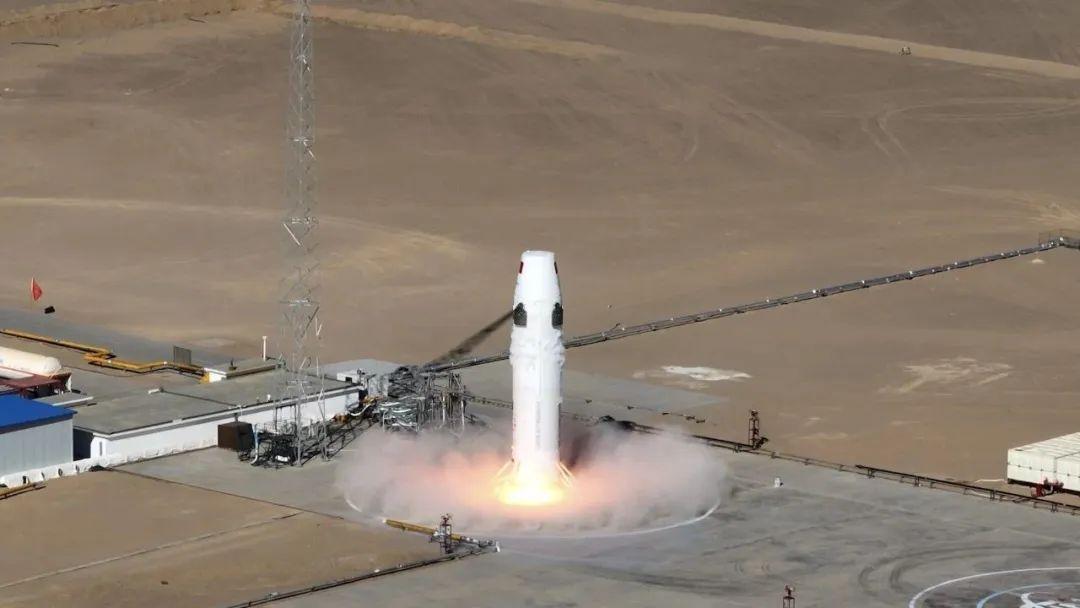
Testing of the Hyperbola-2's first stage at Jiquan Satellite Launch Center.
Credit: iSpace
SINGAPORE—China’s iSpace has completed the country’s first test of a reusable rocket, performing a 50-sec. "hop" with the first stage of its Hyperbola-2 (SQX-2Y) launch vehicle. SQX-2Y stands 17 m (56 ft.) in height and has a diameter of 3.35 m. It is powered by the domestically developed Focus-1...
Subscription Required
This content requires a subscription to one of the Aviation Week Intelligence Network (AWIN) bundles.
Schedule a demo today to find out how you can access this content and similar content related to your area of the global aviation industry.
Already an AWIN subscriber? Login
Did you know? Aviation Week has won top honors multiple times in the Jesse H. Neal National Business Journalism Awards, the business-to-business media equivalent of the Pulitzer Prizes.

